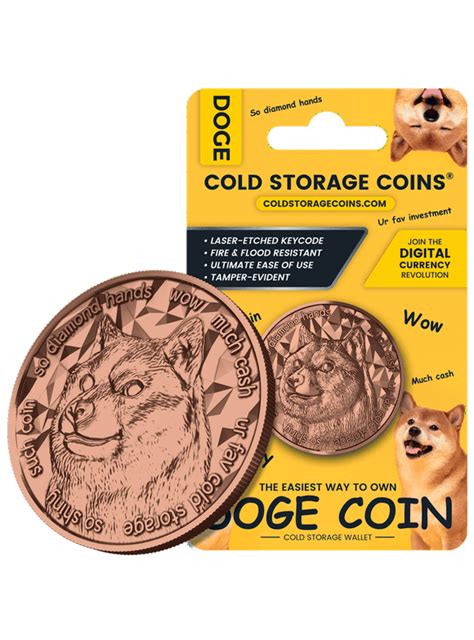Transferring Bitcoin (BTC) from Cold Storage to Online Wallets
As the popularity of cryptocurrencies continues to grow, many users are looking for ways to manage their digital assets. A common concern is moving Bitcoin (BTC) from cold storage, such as hardware wallets like Ledger or Trezor, to online wallets or websites that allow for easy access and management.
Cold Storage: Understanding the Meaning
Before we dive into how to transfer BTC from cold storage to online wallets, it’s important to understand why this is necessary. Cold storage refers to the use of physical devices, such as hardware wallets, to store large amounts of cryptocurrency offline. This approach provides a high level of security and control over a person’s assets.
Transferring BTC from Cold Storage
To transfer BTC from cold storage to online wallets or websites, follow these steps:
Step 1: Make sure your hardware wallet is available
Make sure your hardware wallet is connected and accessible from your computer. This can usually be done by downloading the client software from the manufacturer’s website.
Step 2: Download the client software
Download the software client to your hardware wallet of choice, such as Trezor or Ledger Live. Follow the instructions to install and configure the software on your computer.
Step 3: Connect to your hardware wallet
Connect your physical device to your computer using a USB cable or wirelessly via Bluetooth. Once connected, the device should appear in your software.
Step 4: Configure the client software
Once connected, you will need to configure your client software according to the manufacturer’s instructions. This may include creating an account, entering seed phrases, and configuring other settings.
Step 5: Transfer BTC to your online wallet or website
Once your hardware wallet is installed and connected, you can transfer BTC from cold storage to your online wallet or website of choice using the following methods:
- Web wallets: You can upload seeds to a web-based service that allows you to access and manage your private keys. Examples include Coinbase, Binance, or Ledger Live Web Wallet.
- Desktop clients
: Some software clients allow you to transfer BTC directly from your hardware wallet to your desktop client. This method is more secure than using a web browser, but may require some technical experience.
Step 6: Verify the transfer
Once you have transferred BTC to your online wallet or website, verify that everything was successful by checking the balances on both platforms and making sure that the funds are available.
Secure Transfer Tips

To ensure secure transfers, follow these best practices:
- Keep your hardware wallet secret: Never share your seed phrases with anyone or store them in an unsecured location.
- Use strong passwords and 2FA: Use a strong password and enable two-factor authentication (2FA) to protect your online accounts.
- Back up your wallet data regularly: Regularly back up your wallet data, including seed phrases, private keys, and other important information.
By following these guidelines and tips, you should be able to transfer BTC from cold storage to online wallets or websites safely and efficiently.

